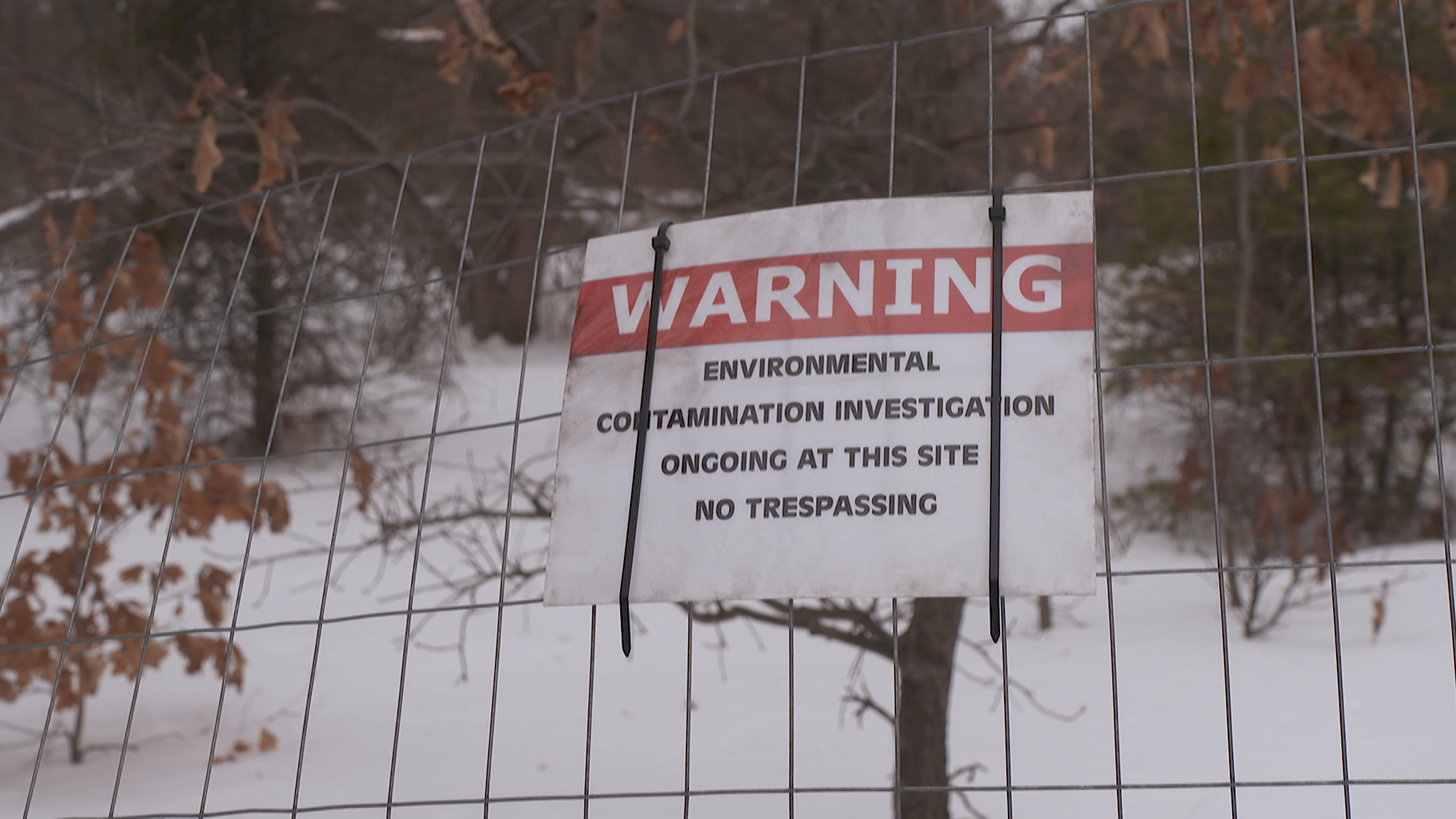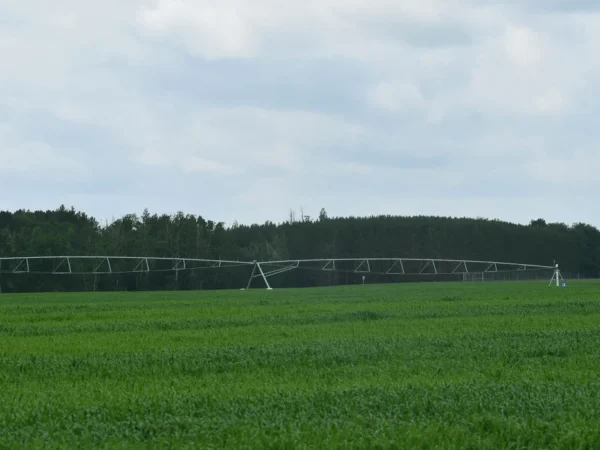
PFAS, short for per- and polyfluoroalkyl substances, are a group of widespread man-made chemicals that don’t break down in the environment or the human body and have been flagged as a major contaminant in sources of water across the country.
Keep up with PFAS-related developments in the Great Lakes area.
Click on the headline to read the full story:
Wisconsin:
- Wisconsin Natural Resource Board votes to weaken standard for PFAS in drinking water – Wisconsin Public Radio
The Natural Resources Board voted 6-1 to approve a drinking water standard of 70 parts per trillion for two of the most widely studied PFAS chemicals: PFOA and PFOS. Marcy West was the lone dissenting vote in favor of the DNR’s more restrictive standard. The agency proposed a threshold of 20 parts per trillion as recommended by the Wisconsin Department of Health Services.
- Not just PFAS: DNR board vote scrapped years of work on two dozen other groundwater contaminants – Wisconsin State Journal
Board chair Greg Kazmierski faulted the agency for lumping PFAS in with other substances, which the board authorized when it approved the rule parameters in early 2020.
Developed with input from industry and environmental groups as well as hundreds of concerned citizens, the proposed rule was based on Department of Health Services recommendations for safe levels of 27 substances.
- Black Earth Creek trout contaminated with PFAS; DNR warns anglers to limit consumption – Wisconsin State Journal
The Department of Natural Resources and Department of Health Services issued a health advisory Thursday warning anglers to limit consumption of trout from Black Earth Creek, a popular but vulnerable Class 1 trout stream in western Dane County.
The agencies said fish collected in 2020 near Cross Plains had elevated levels of PFOS, one of many fluorinated compounds that can cause cancer and other ailments, and cautioned people not to eat the fish more than once per week.
As state lawmakers discuss setting new standards for PFAS, communities across northern Wisconsin are testing for the ‘forever chemicals’ for the first time.
- Here’s what you should know about PFAS, the ‘forever contaminant’ being identified in more locations across Wisconsin – Milwaukee Journal Sentinel
As more “forever chemical” contamination sites are discovered across Wisconsin — the latest being the contamination found in Wausau municipal wells announced this month — leaders are preparing to vote on measures that could set protective standards for the compounds in the water.
Here’s what you should know about the compounds, and what Wisconsin is doing about them.
The Wausau Water Works Commission met Tuesday night to discuss the city’s current PFAS situation. They’re deciding on long and short-term solutions to removing PFAS from drinking water. Tuesday, they decided to approve funding for a pilot study and services for removing PFAS at the new future water treatment facility.
While the DNR had recommended a level of just 20 PPT, in line with the Department of Health Services recommended PFAS level, Rhinelander City Administrator Zach Vruwink said the city is hopeful about the progress being made in setting any standards.
National:
State and federal legislators are moving forward with new regulations and even total bans on certain PFAS chemicals despite the uncertainty surrounding potential health threats posed by PFAS chemicals, or even an agreement as to which chemical compounds fall under the PFAS umbrella.
The study, published in Environmental Science and Technology, detected PFAS chemicals in 20% of private wells and 60% of public wells sampled in 16 eastern states, and offered new insights on how to predict which drinking water sources may be contaminated.
Catch more PFAS news on Great Lakes Now:
New study says elevated levels of PFAS found in anti-fogging sprays and cloths
Featured image: Sign warning for environmental contamination (Great Lakes Now Episode 1012)




